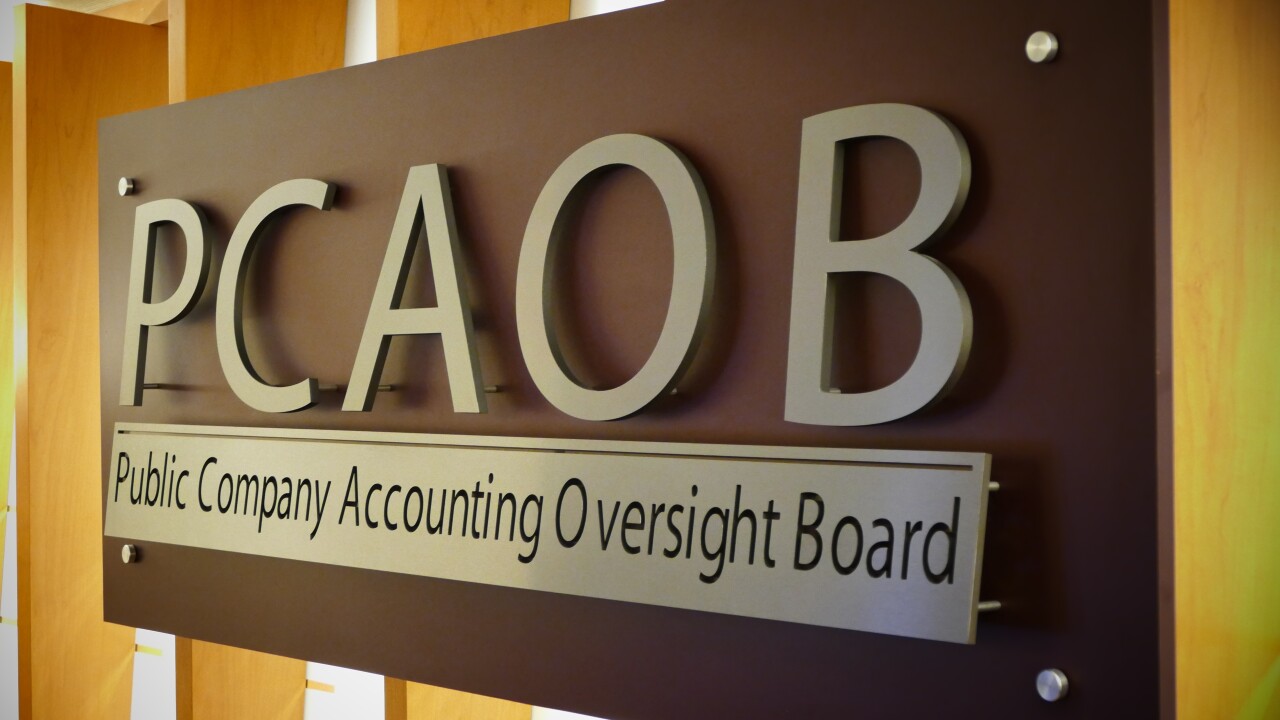Expect a boom in taxpayers claiming the Energy Efficient Home Improvement Credit thanks to the Inflation Reduction Act, predicts an industry expert.
"In the residential arena, the IRA dramatically expands the Section 25C tax credit," said Curt Rich, president and chief executive of the North American Insulation Manufacturers Association. "The old one was 10% of eligible expenses up to $500, and only could be used once. The new credit is 30% of eligible expenses with dollar caps dependent on the measure. So that would amount to 30% of eligible expenses up to $1,200 for insulation, and 30% up to $2000 for a qualified heat pump."
The credit is now available year after year with no lifetime limitation, Rich noted: "The taxpayer can make home improvements every year for a long period of time, and continue to take a $3,200 credit in combination with a heat pump and insulation."
He foresees a tremendous upsurge in taxpayers claiming the credit. "With more than 100 million single-family homes in the U.S., and 1.5 million built each year, there will be substantial interest and uptake of all these credits over the next decade, through 2032," he concluded.
The IRA has provided a historic level of federal support for all sorts of client action in the area of energy efficiency, according to Rich.
"This includes addressing climate initiatives in the building sector," he said. "The act addresses climate initiatives that account for about 40% of global climate emissions. The most effective way to reduce global climate emissions is to make buildings more efficient."
"The IRA focuses on lowering carbon emissions," he continued. "It provides enhancements to the existing Section 179 energy efficient tax credit. The value of the credit is quintupled provided certain efficiency targets are met."

"If a home is 10 years old or more, chances are it was built to outdated energy code standards, which means it probably needs insulation and air sealing upgrades, particularly in the attic," explained Rich. "A well-insulated home means lower utility bills during the months when an air conditioning or heating system works harder. A recent study by international energy consulting firm ICI found that updating the insulation and air sealing in homes to modern energy code standards produces annual energy savings of 10% to 45%, depending on location."
Better insulated homes also maintain indoor air temperature during extreme weather power outages, according to Rich.
"This means families can shelter in their homes longer," he noted. "A recent analysis by the Department of Energy found that homes built to modern energy code standards allowed residents in Houston, Texas, to stay in their homes during a multiday summer power outage for up to a week. That's four days longer than the length of time they could expect to safely remain in homes built to older energy code standards."
"Sooner or later, older air conditioners need replacement. This usually happens when units are overworked during hot weather," he said. "Homeowners increasingly replace standard central air conditioners with heat pump heating and cooling systems. Heat pumps provide both heating and cooling, and are highly efficient and require low maintenance. But when a heat pump system is installed, home electric bills can soar if the home is not properly insulated."





